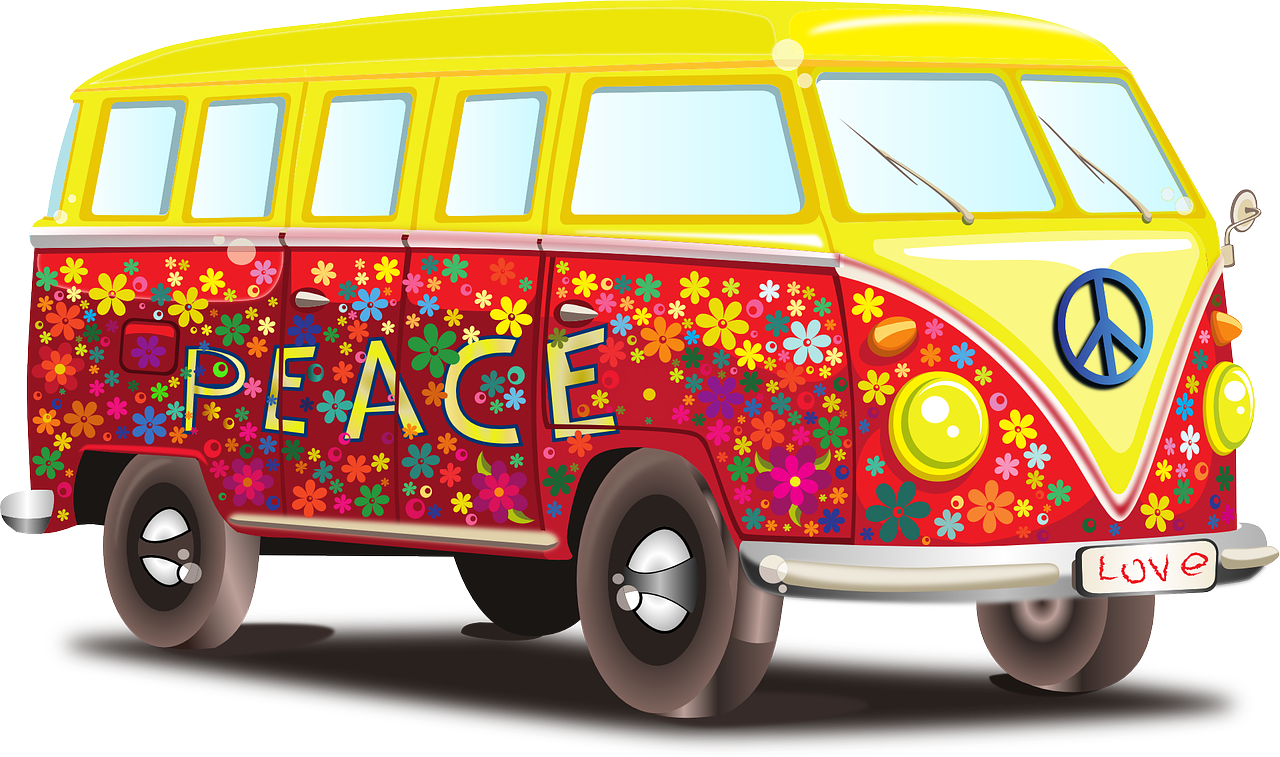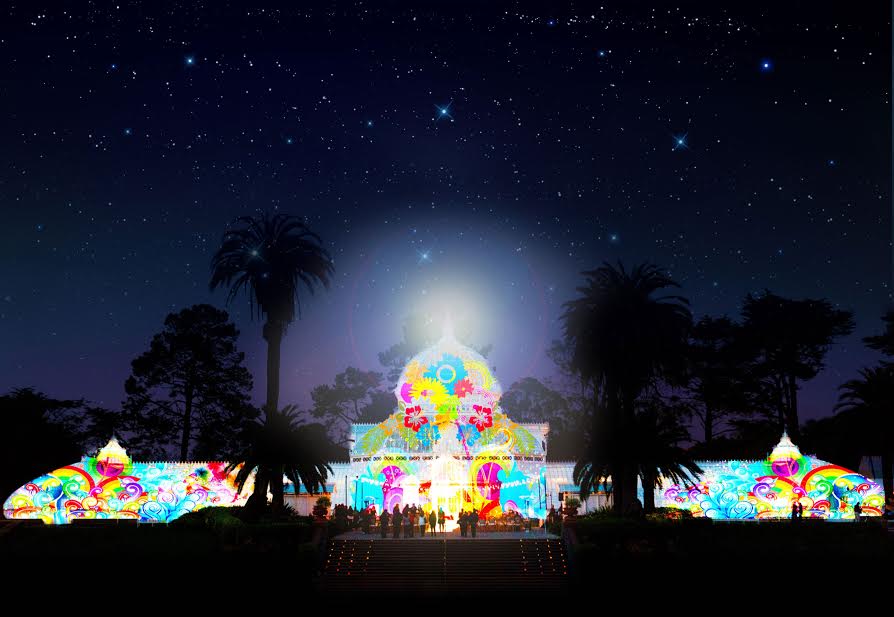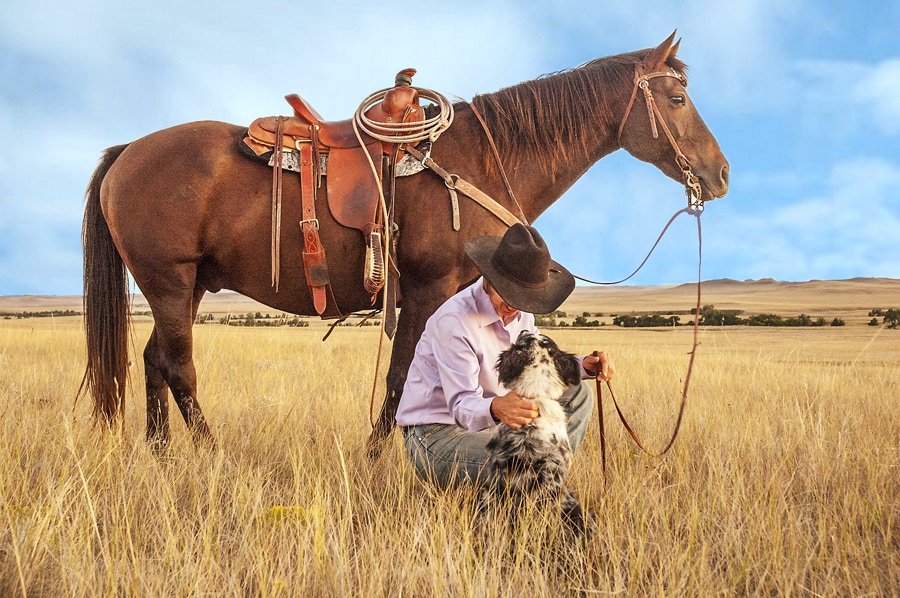|
I was having a conversation with a bright young woman in her 20s, when she asked me what the ’60s were like. This is one of the reasons I wrote my memoir, Groovin’: Horses, Hopes, and Slippery Slopes. I wanted people to be able to taste the freedom we hippies experienced during that amazing period.
A lot about that era has appeared in print and media, but most of it deals with the unrest: the political climate, the Vietnam War, civil rights, and feminism. There’s also a profusion of material that reflects on the music scene. Even though those elements influenced our lives, there’s more to the ‘60s than the revolutionary components. Those of us early to the hippie scene experienced a wonderful love-based brotherhood. If you were a traveler and needed food or shelter, you were welcomed by like-minded youth as a matter of course. As a group of free-thinking, deep-feeling individuals exploring a unique new paradigm, an effortless bond existed. Unfortunately, the purity of our scene was short-lived. Media coverage attracted a less conscious element, lusting after drugs and free-love—spoiling the integrity of the movement. Many other elements of the ’60s are rarely mentioned. It was a whole lot easier to survive back then. Of course, wages were lower, but if you were content with a simple life, you could work for a week or two and live for months without breaking a sweat. In 1969, I bought a ’55 Chevy pickup truck for $150 and my carpenter buddies built a primo camper on it—just for the heck of it. And with gas averaging 29¢ a gallon, I could roam the country in my house on wheels for a very small sum. It’s hard to imagine today, but our national parks and forests were free to the public. With much less traffic on the roads, you could pull into a campground, find an empty spot, and camp as long as you wanted—and it didn’t cost a cent! A quick stroll around any campground put you in touch with others of your kind. It was common for wandering long-hairs to congregate at supper time, sharing whatever they had to offer. If you didn’t have food to put on the table, you contributed a good tale, a tune, an intoxicant, or simply some quality company. We were family and we took care of one another. In the ’60s, wildlife, birds, and insects were plentiful and our waterways and oceans were more pristine. I had a personal kinship with monarch butterflies and used to see them everywhere. Now it's rare to spot one in most parts of our country. I remember the excitement of the first Earth Day. It signified a new awareness aimed at protecting our environment. Now, nearly 50 years later, it's sad to see how little we’ve done to preserve our planet’s precious gifts. I was lucky to have grown up when I did and fortunate to have participated in a remarkable counterculture. Though it’s not impossible today, it was far easier to thrive as a free spirit back when I was a youth. Despite the challenges, I’m glad to report that there are plenty of hippie-minded souls out there (both young and old) still kicking up their heels. And I’m grateful that most still sing the same song—one of inclusion, love, peace, and harmony. Exciting News! Soon you'll be able to enjoy Trippin’: Roads, Rails, and Mountain Trails FREE. That’s right. It’s my way of thanking readers who have enjoyed my true-life (sometimes outrageous) hippie adventures. Each chapter of the sequel to my award-winning memoir, Groovin’: Horses, Hopes, and Slippery Slopes, will be delivered directly to your inbox. Sign up here.
2 Comments
I have lived nearly half my life just outside Boulder, Colorado, and have grown to love it here. It’s only a short drive to the high country if you want some relief from the summer heat, and the winters are relatively mild. With 300 days of sunshine, when a storm hits, the roads are often clear of snow the following day. Still, it’s nice to escape the chill of winter with a short respite to a tropical place. At the beginning of January, hungry for palm trees and surf, my lovely wife, Doris, was combing the internet looking for warmer places. We were considering Cozumel, a destination we’d visited several times in the past. Then I recalled that a dear friend had recently moved to the town of San Miguel de Allende, 7,000 feet in elevation and several hours northwest of Mexico City. Maybe we could include a short visit to her home in our travel plans. I emailed my friend, who I referred to as Rosehips in my memoir, Groovin. She informed us that in January, she would be staying in the tiny fishing village south of Puerto Vallarta: Boca de Tomatian. She also wanted to escape the winter cold! Doris searched for lodging and found an Airbnb rental in Boca. After booking our apartment, we discovered to our delight that Rosehips would be staying directly above us. What are the chances? We also found another surprise in Boca. Look carefully at the photo above: the sign adapted from the rear panel of a boat reminded us of home. It was refreshing to be among the easygoing, warmhearted Mexicans in a small town that had more chickens than people. This fact became apparent every morning at 4 a.m. Fortunately we packed ear plugs after advance warning from our friend. But even those were no match one sleepless Saturday night when 12 hours of electronic ranchera music blasted from gargantuan speakers directly beneath our windows! Along with the chickens, the area featured many large wild birds, including storks, herons, frigate birds, and pelicans. We never tired of watching the sea birds dive for fish. Doris calls this kind of getaway “a change of tapestry.”
It was also a relief to spend time sheltered from the disgusting political scene north of the border. The only reminder we had was at one of the touristic souvenir stalls along Puerto Vallarta’s river walk. The vendor displayed a bright blue T-shirt boasting “Safe on this side of the wall!” PS. The abridged audio version of my memoir, Groovin’: Horses, Hopes, and Slippery Slopes is almost ready for release. Now you'll get to listen to my wacky horseback adventure through the Rocky Mountains. I'll keep you posted. Believe it or not, we’re getting close to the 50th anniversary of the Summer of Love. If you were there, immersed in the magic as I was, you might be saying, “Fifty years? How can that be? What a trip!” It was a time when Scott McKenzie’s “San Francisco (Be Sure to Wear Flowers in Your Hair)” was blasting from our AM radios, an era when thousands were lured to Haight-Ashbury, marching to the refrain “turn on, tune in, drop out.” In 1967 I was 22 and thirsty for adventure. Wanting to spread my wings, I turned my back on the city by the bay and hitched east to the world's fair in Montreal, riding on the breeze of compassionate drivers, supported by an underground community of welcoming long-hairs. The feeling of family fueled a fearless strength that spread far and wide. We were brothers and sisters in love with life and hell-bent on fighting injustice and changing the world. Along the way, I participated in an Aspen love-in and war protest, plunged naked into a steamy hot springs, ate the absolute best BBQ ribs ever in Kansas City, had a run-in with an ornery carnival boss, and nearly shook apart in a super-rattly semitruck ride. The pinnacle of the trip was a steamy romance with a lovely maiden who studied in Ann Arbor, Michigan. Together we toured the world’s fair, awestruck by the AT&T Picturephone, a futuristic device that would actually allow you to see the person you were talking to. Wow! That summer was an intoxicating romp, full of freedom, enthusiasm, growth, and optimism, as were the several years that followed. It was an iconic cultural turning point that reshaped American history in profound ways. The sixties were so special to me I wrote a book to give readers a taste of what it was like to be a part of it. Unlike books outlining the history of the sixties, Groovin’: Horses, Hopes, and Slippery Slopes offers people the chance to experience what it was like to live during those transformative times. For those who were there, I also hoped to trigger a few treasured memories. This golden anniversary is not going unnoticed. San Francisco is pulling out all the stops—over 60 different organizations (cultural, civic, arts, music, and social services) are celebrating the Summer of Love. A painted magic bus complete with music and projections is touring Haight-Ashbury, North Beach, Hippie Hill, and other attractions. The famous de Young Museum’s exhibition includes a psychedelic experience, and the Conservatory of Flowers in Golden Gate park turns trippy at night with light projections seen from afar. San Francisco isn’t the only city jumping on the band wagon. Museums, universities, libraries, county fairs, musical events, and even ballet groups in cities across the nation are themed to this flowered anniversary. There are even Summer of Love celebrations planned in the UK.
Unfortunately, the most authentic event might not take place. Efforts to stage a free Summer of Love concert in Golden Gate Park, like the one they did back in the day, were turned down twice by the San Francisco Recreation and Park Commission. Bummer, right? Not so fast. The city of San Francisco just announced they will host a smaller free event, the Surrealistic Solstice, on June 21. It’s great that this iconic time is being recognized, recaptured, and celebrated, but let’s not forget what it was originally about. The summer of the flower children, along with its wacky happenings, was about promoting peace, embracing individual freedom, fostering harmony, caring for others, protecting the environment, and viewing all flavors of humanity as equals. Those were the elements that made that magical snapshot in history so unique and beautiful! Were you there during the Summer of Love? I’m collecting stories from that time, and I’d love to hear yours. If you have a memory you’d like to share, please submit it here. Those with the best stories will receive a free copy of my memoir, Groovin'. HAPPY ANNIVERSARY, FLOWER CHILDREN!
I recently watched the documentary Unbranded, which follows the course of four young cowpokes who tame and ride wild mustangs from Mexico to Canada—a notable feat. Their intent was to raise awareness of the plight of tens of thousands of wild horses held in pens awaiting adoption.
The film was recommended by a friend who knew of my own month-long trail ride through the Rocky Mountain wilderness in the sixties. Of course the four fellows traveling to Canada were seasoned horsemen, while my friend Mitch and I were total greenhorns—just a couple of hippies with a thirst for adventure and a love for the outdoors. We had to learn on the fly, leading to some runaway craziness and near disasters as our horses tried their damnedest to return home. As the cowboys in Unbranded continued on their 3,000-mile journey, they developed a strong relationship with their horses. It reminded me that even though my horse, a buckskin roan I called Geronimo, was only with me for a little more than a month, we connected on a level I had never expected. Almost wild when we first met, he transformed into a half-ton puppy dog, tagging along without being tied. Over the time Mitch and I rode together, the differences between my horse and his became more apparent. They say dogs take on the characteristics of their owners, but I hadn’t considered that it could also apply to horses. Geronimo even learned a few things from my dog, Charlie. Here’s an excerpt from my book Groovin’: Horses, Hopes, and Slippery Slopes to illustrate: I saw a difference between Mitch’s animals and my own. Perhaps it had to do with our temperaments. My partner’s industrious nature lent itself to hasty, fast-moving mannerisms—at least compared to mine. Simply put, someone once paid me a compliment when he said, “If Rich was any mellower, he’d be dead.”
Unbranded reaffirmed my admiration of fine trail horses and their ability to traverse unforgiving terrain. Geronimo and Doña would dance through trees and forest debris that seemed impassable to us. But later, similar to a scene in the movie, Doña slipped on the loose dirt and shale leading up to Conundrum Pass and tumbled backward. By some miracle, she survived unharmed.
Check out Unbranded. The scenery is magnificent, and the cowboys will keep you entertained. It’s a must-see for all who love horses and the West. And for someone who knows what it takes to ride a long distance through rough territory, the film offered renewed inspiration to set lofty goals and see them through to completion.
Note: One more thing. Some people believe that wild horses shouldn’t be removed from the wilds, that breaking a horse for riding is cruel, and that this film is a BLM propaganda piece. I respect their opinions and salute their efforts to protect animal rights. At the same time, having experienced the bond a man and a horse can share, I know that a horse can be broken, ridden, and cared for with both a firm and kind hand. When I watched this film, I didn’t witness any cruelty.
|
SIGN UP for Rich's blog & receive a FREE video guaranteed to put a smile on your face!
Popular Posts
Youth to the Rescue Categories
All
Archives
February 2019
|







 RSS Feed
RSS Feed